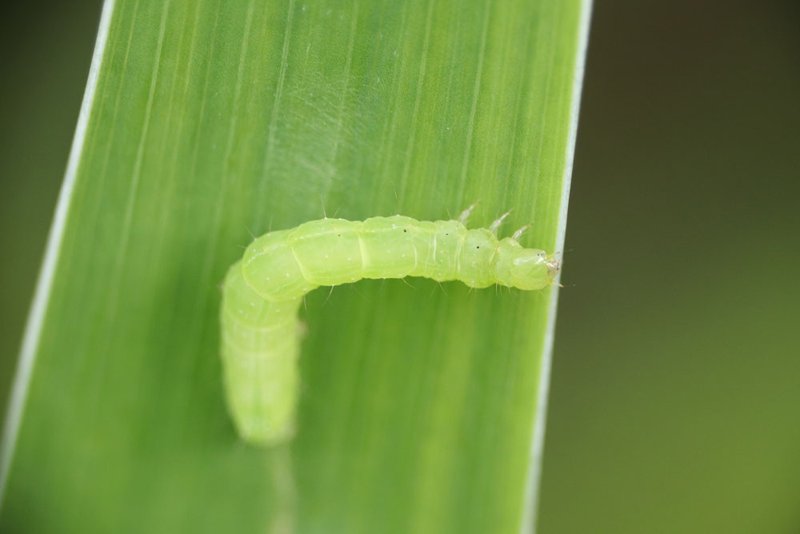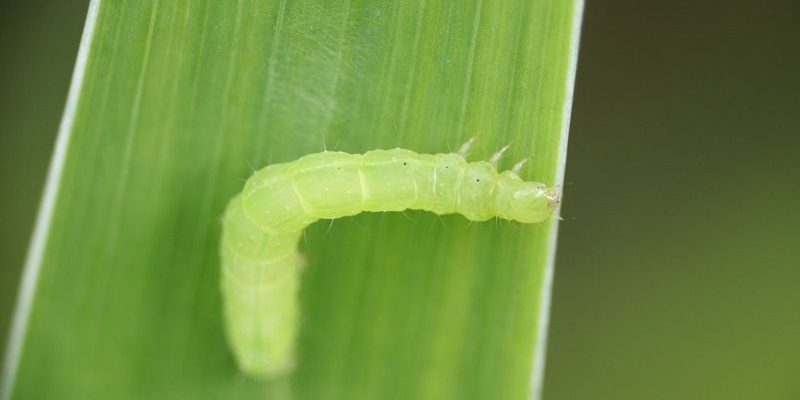
Springtime is like a grand reopening after a long winter hiatus. Plants are waking up, trees are budding, and food sources are becoming plentiful again. For inchworms, this is the perfect time to emerge. Think of it as a reset button for nature, where everything starts fresh. As temperatures rise and daylight hours increase, inchworms come out to take advantage of the bounty that spring offers. Here’s the thing: this seasonal spike isn’t just random. It’s a well-timed life cycle strategy that helps these little guys survive and thrive.
Understanding the Life Cycle of Inchworms
Before we can truly grasp why inchworms surge in population during spring, we need to understand their life cycle. Inchworms are the larvae stage of moths from the Geometridae family. They hatch from eggs laid by adult moths, generally during late summer or early autumn, and go through several stages of growth called instars. Each instar looks a little different, often becoming longer and changing in color.
As winter approaches, inchworms enter a state of dormancy. This is akin to taking a long nap until conditions improve. They spend the cold months hiding away among leaves, bark, or in the soil. When spring arrives and temperatures warm up, these inchworms awaken from their slumber. It’s like waking up to a beautiful sunrise after a long, dark night.
The Role of Temperature and Climate
Temperature plays a crucial role in inchworm populations. As spring begins, warmer temperatures signal to inchworms that it’s time to get moving. Specifically, they thrive in temperatures between 60°F and 70°F. Once temperatures consistently reach this level, inchworms become active and start searching for food.
Here’s an interesting fact: the timing of this activity can vary based on location. In some areas, spring may arrive early, leading to a quicker emergence. Others may experience a delayed warming period. In either case, inchworms are finely tuned to these environmental cues, allowing them to synchronize their life cycles with the lushness of spring.
Food Availability and Plant Growth
Food availability is another major factor in the inchworm population spike. In early spring, trees and shrubs begin to leaf out, creating a feast for these tiny munchers. Inchworms primarily feed on the leaves of various trees, including oak, maple, and apple. As new leaves sprout, inchworms take advantage of the fresh greenery—a buffet that keeps them energized and ready to grow.
In fact, the leafing process is also a survival tactic for inchworms. Young leaves are often softer and more nutritious than older foliage, making them the perfect choice for a growing larva. Plus, with a thriving plant life around them, inchworms can reproduce more successfully, leading to further population growth.
Predator-Prey Dynamics
Inchworms may be tiny, but they aren’t the only creatures waking up in spring. The increased populations of birds and other predators can significantly impact inchworm survival. However, inchworms have clever strategies to avoid becoming a snack.
Many inchworms have a camouflaging ability that helps them blend in with their surroundings. The color and texture of their bodies can mimic leaves and twigs, making them less visible to hungry birds. Additionally, some species exhibit a unique “looping” movement that can confuse predators. Instead of crawling like many larvae, inchworms pull their bodies into a tight loop and then spring forward, giving them an unusual way to escape.
As their population increases, so does the risk of predation. It’s a delicate balance of numbers—enough inchworms can thrive and reproduce, while a sudden surge may attract more hungry predators.
Inchworms and Ecosystem Health
The spike in inchworm populations during early spring isn’t just a fascinating phenomenon; it also reflects the overall health of the ecosystem. Inchworms play a vital role in the food web. They are a significant food source for birds, mammals, and other predators. Without them, many creatures would struggle to find enough nutrition during the early months of the year.
Moreover, as inchworms munch on leaves, they also help promote plant growth. By feeding on the foliage, they encourage trees and plants to produce new leaves. It’s a beautiful cycle of life that supports both the inchworms and the ecosystem as a whole.
When inchworm populations thrive, it often indicates a healthy environment, one that can support diverse wildlife and promote biodiversity.
Seasonal Patterns of Inchworm Population Growth
The excitement of inchworm populations peaking in early spring doesn’t just last for a few weeks. You might notice the numbers start to dwindle as the season progresses, and there are several reasons for this. As inchworms mature, they eventually pupate into moths, which means their numbers start to decline as they branch out into their adult phase.
Also, as the summer heat intensifies and food sources become scarcer, many inchworms may not survive. It’s essential for them to time their lifecycle perfectly to take advantage of the spring’s abundance, knowing that they need to reproduce quickly before conditions change.
This ongoing cycle of reproduction and decline is essential for maintaining a balanced ecosystem. By understanding these patterns, we can appreciate the intricate relationships between species and their environment.
Conservation and Protecting Inchworm Habitats
As we marvel at the resurgence of inchworms in early spring, it’s essential to consider how we can help protect their habitats. Urban development and climate change can disrupt the delicate balance that allows inchworm populations to thrive.
One way to help is by planting native trees and shrubs that serve as food sources for these larvae. Creating green spaces and protecting existing natural habitats can enable inchworms and other wildlife to flourish.
If we all do our part to keep our environments healthy, we ensure that inchworms, along with countless other creatures, continue their fascinating life cycles for years to come.
In conclusion, the spike in inchworm populations during early spring is a beautiful example of nature’s timing. Their life cycle, responses to climate, food availability, and interactions with predators all come together to create a vibrant scene in our backyards and forests. So, the next time you see an inchworm inching along, take a moment to appreciate the complex web of life that supports these tiny creatures. After all, their presence is a sign that spring is truly here!

